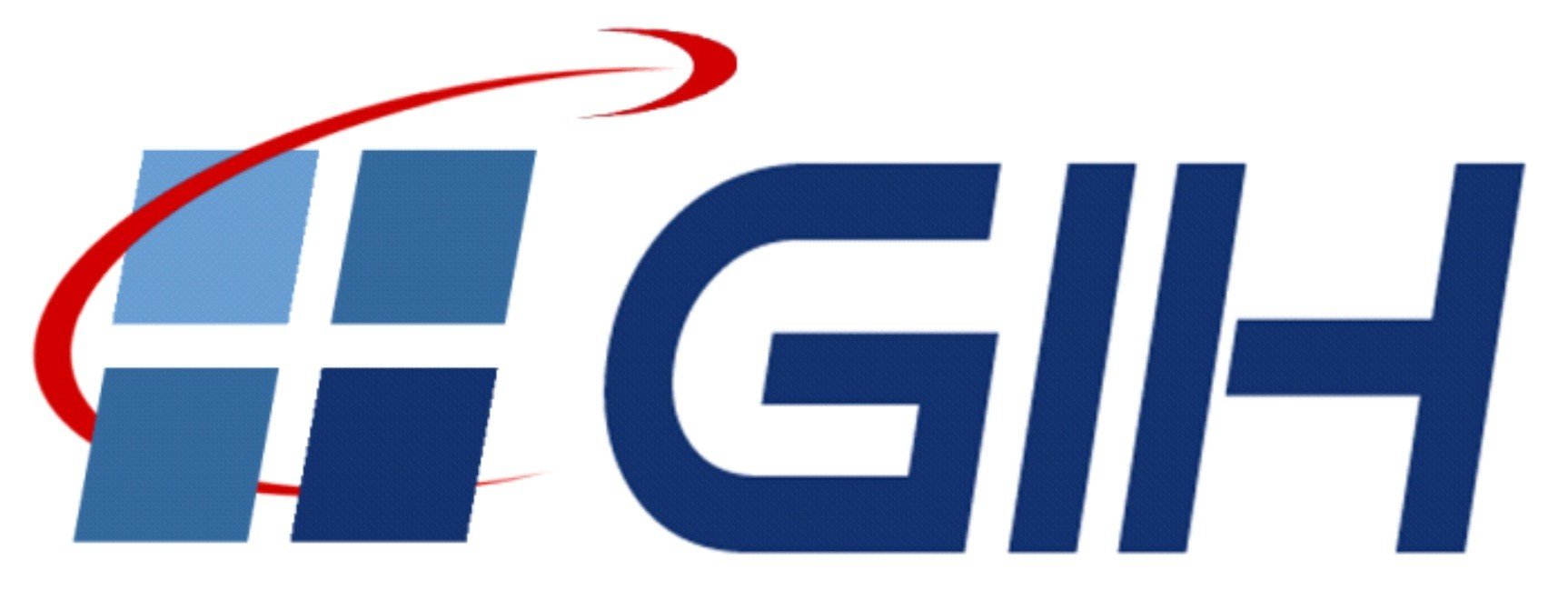Fitting terrestrial laser scanner point clouds with t-splines
Local refinement strategy for rigid body motion
- authored by
- Gaël Kermarrec, Niklas Schild, Jan Hartmann
- Abstract
T-splines have recently been introduced to represent objects of arbitrary shapes using a smaller number of control points than the conventional non-uniform rational B-splines (NURBS) or B-spline representatizons in computer-aided design, computer graphics and reverse engineering. They are flexible in representing complex surface shapes and economic in terms of parameters as they enable local refinement. This property is a great advantage when dense, scattered and noisy point clouds are approximated using least squares fitting, such as those from a terrestrial laser scanner (TLS). Unfortunately, when it comes to assessing the goodness of fit of the surface approximation with a real dataset, only a noisy point cloud can be approximated: (i) a low root mean squared error (RMSE) can be linked with an overfitting, i.e., a fitting of the noise, and should be correspondingly avoided, and (ii) a high RMSE is synonymous with a lack of details. To address the challenge of judging the approximation, the reference surface should be entirely known: this can be solved by printing a mathematically defined T-splines reference surface in three dimensions (3D) and modeling the artefacts induced by the 3D printing. Once scanned under different configurations, it is possible to assess the goodness of fit of the approximation for a noisy and potentially gappy point cloud and compare it with the traditional but less flexible NURBS. The advantages of T-splines local refinement open the door for further applications within a geodetic context such as rigorous statistical testing of deformation. Two different scans from a slightly deformed object were approximated; we found that more than 40% of the computational time could be saved without affecting the goodness of fit of the surface approximation by using the same mesh for the two epochs.
- Organisation(s)
-
Geodetic Institute
- Type
- Article
- Journal
- Remote sensing
- Volume
- 13
- ISSN
- 2072-4292
- Publication date
- 07.2021
- Publication status
- Published
- Peer reviewed
- Yes
- ASJC Scopus subject areas
- General Earth and Planetary Sciences
- Electronic version(s)
-
https://doi.org/10.3390/rs13132494 (Access:
Open)
-
Details in the research portal "Research@Leibniz University"






